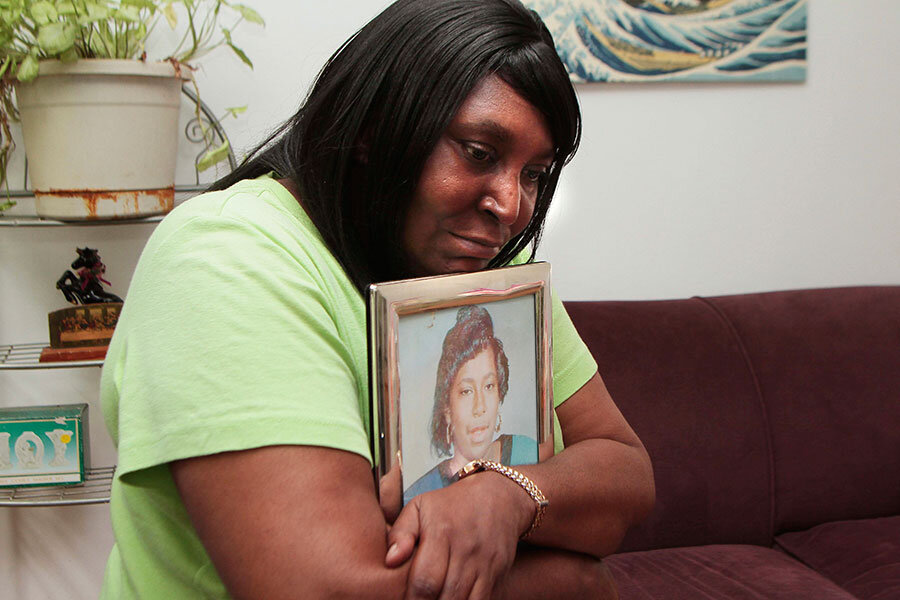Cold case revived: Suspect charged 25 years after teen’s death
Loading...
| Markham, Ill.
An Illinois judge ordered a 58-year-old man held without bond Thursday on a murder charge in the 1991 kidnapping, rape and fatal shooting of a 14-year-old suburban Chicago girl, a notorious case that initially led to the wrongful conviction of five men.
Five years ago, DNA tests cleared the group of men of all charges in the death of teenager Cateresa Matthews of Dixmoor. The men, who became known as the "Dixmoor Five," spent a decade or more in prison before DNA evidence pointed instead to Willie Randolph in Cateresa's killing.
At Thursday's bond hearing, Cook County prosecutor Tom Biesty said Randolph kidnapped the girl at a bus stop, then raped her and shot her through the mouth as she pleaded with him not to kill her. The prosecutor cited, among other evidence, statements he said Randolph made to other prisoners boasting of the crime.
Theresa Matthews, the girl's mother, had pushed for charges when DNA first pointed years ago to Randolph, but prosecutors said they needed to compile more evidence. Matthews told reporters after Thursday's hearing she wanted justice for her only child.
"It's been two decades and a half, and she hasn't rested in peace," she said.
Matthews said she will attend all court hearings going forward.
Randolph, a registered sex offender, was already serving a three-year sentence for drug possession in an Illinois state prison and had been scheduled for release in a matter of weeks. More charges are expected to be formally filed against him later.
His arraignment, during which he would enter a plea, is scheduled for Sept. 22. It wasn't immediately clear if he had an attorney who could comment on his behalf.
The investigation into Cateresa's killing started anew in 2014, following DNA testing in 2011 that failed to link any of the five imprisoned men to the crime, but instead indicated Randolph was involved. Dixmoor police asked the Cook County sheriff for help, and the Cook County prosecutors' cold case unit also assisted.
Cateresa disappeared in November 1991. Three weeks later, her body was found in a field near Interstate 57.
Her mother has said learning the Dixmoor Five weren't responsible for her daughter's death "was really stressful."
Robert Taylor, James Harden and Jonathan Barr were freed in 2011 after 19 years in prison, while Shainne Sharp and Robert Veal were released after 10 years behind bars.
More than two years ago, the five reached a $40 million settlement with Illinois State Police and Dixmoor police.
Cook County State's Attorney Anita Alvarez on Thursday expressed sympathy for Theresa Matthews and apologized to the Dixmoor Five and their families.
"Our system did not protect them; in fact it victimized them in a way that can never possibly be repaired," she said in a written statement.
She added that "many important reforms" are now in place "to ensure that no person is wrongfully convicted."







